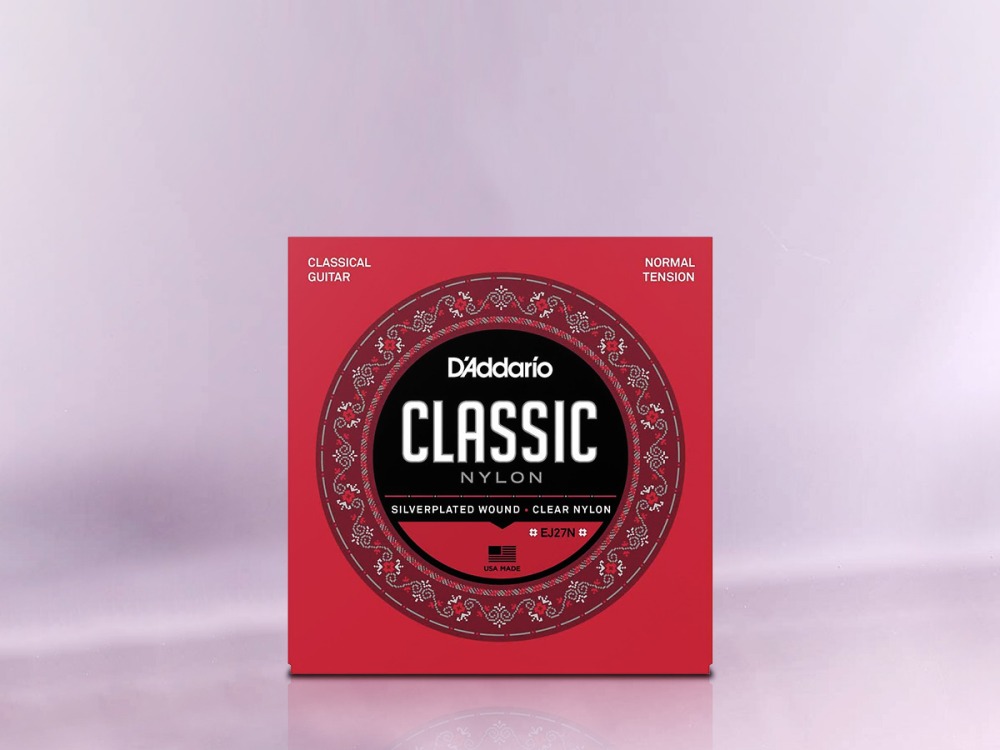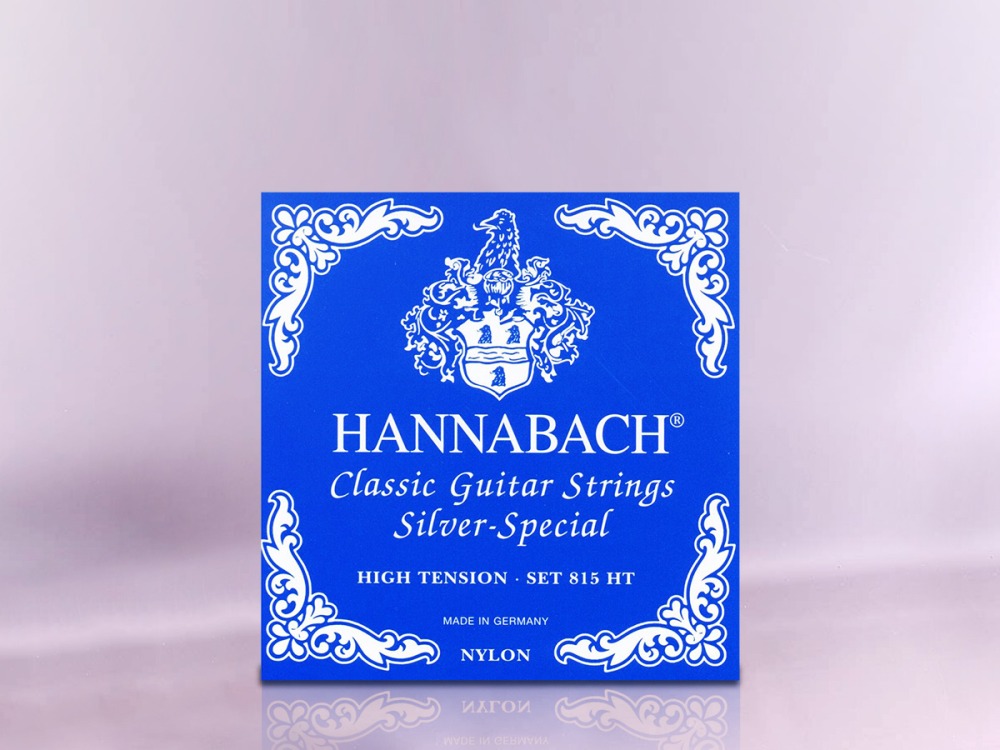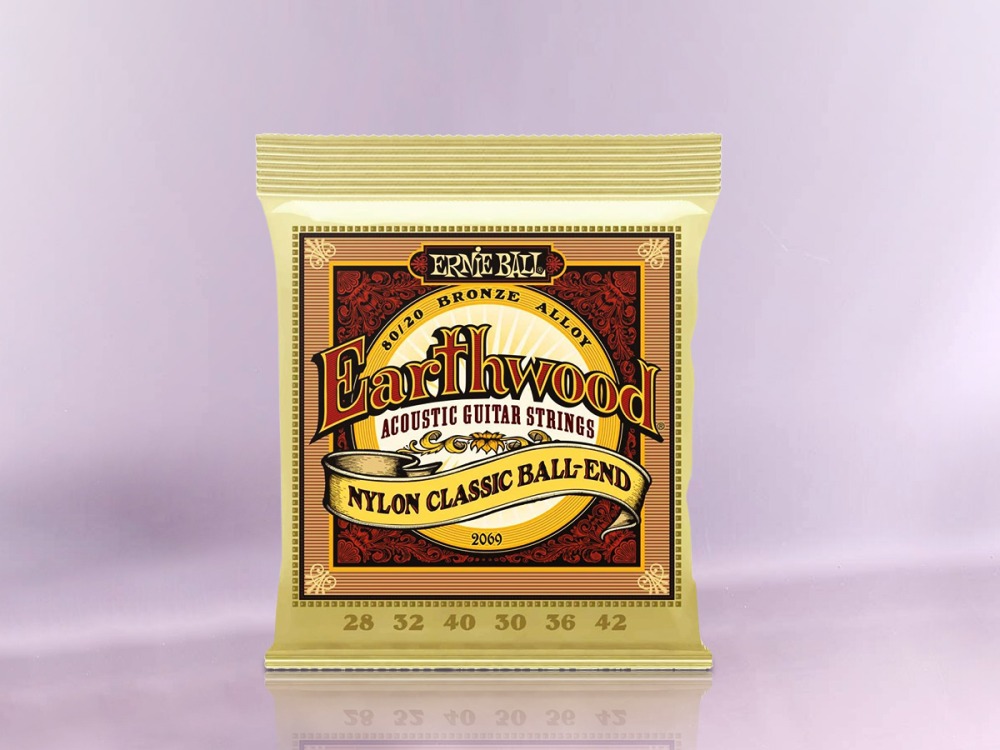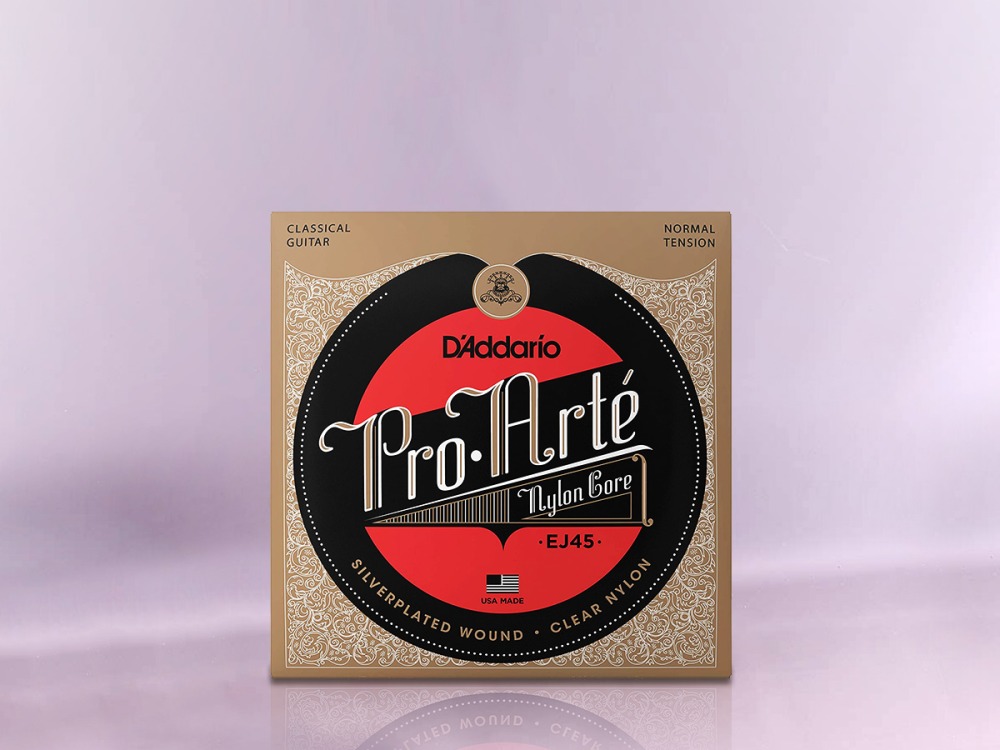Guitars are amazing instruments that can create some beautiful sounds. However, like anything they require some maintenance to work properly. One of the most important things to take care of our strings. If you are playing classical guitar you will most likely require nylon strings and finding the best nylon strings for your needs is not the easiest of tasks. Not all strings are created the same. Classical guitar is one of the most illustrious instruments and it has been used even in serious orchestras for a long time.
Classical guitars until 1948 used strings that were called catgut and were a different material, but after that year we have seen the rise of nylon strings and since then we have not seen catgut strings on classical guitars. The catgut strings were made out of intestines of cattle and sheep, which were then were wound with silk to deliver the sound. However, the nylon was easier to manufacture and delivered even better sounds for the classical guitar than catgut strings.
Like with any guitar, classical guitar strings are bound to break. It is inevitable, or maybe you want to try out some new strings to change the tones or playability. For that reason, I decided to write this complete guide on buying the best nylon strings. We will check out the best options in the market, how to choose the strings, and so much more, so you can be informed properly to get the best strings for your needs. Without further ado, let’s get going.
Table of Contents
Which Are The Best Nylon Strings?
5. Savarez 540R

We are going to kick off this list with the Savarez 540R Alliance nylon strings. These are normal tension nylon strings that are designed to deliver exceptional sound, durability, consistency, and quality in all of its strings, bass, or treble.
The treble strings are made out of carbon material and the bass strings are coated with a silver-plated wound that delivers you cleaner tones with balanced volume. I should state that the playability on these strings is better than most of the options out there and is guaranteed to deliver excellence.
4. D’Addario EJ27N Student Nylon

For those that are shopping for the cheapest options out there, D’Addario delivers the EJ27N Student Nylon strings which are definitely one of the best for that price. There is also the version of these that are made for smaller 3/4 sized guitars. These all feature normal tension and in the pack, you will find 3 nylon strings and 3 bass silver plated strings.
These are great for every entry-level and beginner guitarist. They deliver a great balance in tonality, delivering something pleasing to the ear. Emphasizing neither the bass nor the treble sections pretty much excellent overall.
3. Hannabach 815 Silver Special

The German manufacturer Hannabach is one of the oldest manufacturers in the string making business for more than 150 years. They have delivered some great strings for all guitars and for the nylon string market they have delivered the Hannabach 815 Silver Special, which delivers a professional performance.
These are one of the most popular strings in the market, and they come in different tension settings from super high to super low, so every guitarist can find one for themselves. The trebles are made form precision-made nylon and the basses are made from nylon that is coated with silver.
2. Ernie Ball Earthwood Folk

Ernie Ball is one of those brands that is royalty in the guitar business. The company has made everything from excellent instruments to different accessories all deserving of the legacy of the musician himself. The Ernie Ball Earthwood Folk Nylon strings are a different kind of breed though.
They are one of the best in the market and every guitarist will tell you that Ernie Ball is always a safe choice. These are medium tension strings that are perfect for both Folk and Classical styles. Made out of clear nylon filament and ball end fitting these strings will be extremely beneficial to every guitarist.
1. D’Addario Pro-Arte Nylon

As I said earlier D’Addario needs no introduction, the manufacturer has made strings since the 18th century and it has delivered nothing but excellence. However, the D’Addario Pro-Arte Nylon are the best strings you can get if you are looking for nylon ones.
The D’Addario Pro-Arte Nylon utilizes a laser-based technology for their manufacturing. For example, the trebles are measured exactly and the tension levels are super precise to deliver the perfect sound that loyal buyers know and love. The definite best and my personal favorite.
Guide To Buying the Best Nylon Strings

The first thing you need to check before even deciding to buy nylon strings is whether you have a classical or an acoustic guitar. The string set on each of these guitars is different and you shouldn’t swap strings between them. Using acoustic strings on a classical guitar is not advised, as it may cause serious damage to the neck of your guitar, which might be unrepairable. So pay close attention to that. The easiest way to tell is to check the strings or body shape. If you see that the three higher strings of your guitar are made out of nylon and the three lower are made of brass than you are dealing with a classical guitar. On the other hand, if you see a guitar with steel strings and with a bigger body you are probably dealing with an acoustic guitar.
After you determine that you should determine your skill level. This is not an easy thing to do, as most of us overestimate or underestimate our skills. You need to know that because for example higher tension strings are harder to play and for novice guitarists, this is pretty difficult. High tension strings before they break in are super difficult to fret and I know for a matter of fact that your fingers will hurt, especially if you are not familiar with fretting techniques. There are low, normal, and high tension strings, and the lower the tension the easier it is to fret the string, but also the volume will be a little lower than expected. On the other side of the spectrum, high tension strings are difficult to fret but they deliver more volume. If you are not sure what to choose normal tension strings are a great middle ground.
However, the choice of your strings is not just dependant on your skill level, but on your guitar as well. You should listen closely to the actual sound of your guitar, what frequencies does it enhance. For example, there are guitars with tonewoods that emphasize treble frequencies, so you can opt for high tension strings with dampening effects to balance out the high-end frequencies that might become a little too much. The opposite can also be done with low tension strings. However, you should know that there is no definite answer to this. You will have to cultivate your sound and see what works out best for your style and your guitar. Experimentation is always key in music.
How to Change Nylon Strings?
The first thing you need to do when changing nylon strings is to remove the old strings which might sound obvious. Firstly remove the strings from the pegs on the headstock and then on the bridge ends. There are two methods which you can apply, the first one is to remove all your strings first give it a proper polish to the guitar, and then install the new ones. The second one proposes that you should remove a string and then install the new one, and repeat that until you complete the process. This is done to keep the tension on the neck at all times so it doesn’t change drastically.
If you bought a used guitar from a seller or a thrift store I would recommend you swap all the strings just in case, so you will know what you are dealing with. But then again some cheap or older classical guitars might break down if you remove all the strings after staying put under tension for an extended time. So you might want to be extra careful when doing that.
I can say that there are different methods and ways to changing strings on an acoustic guitar, depending on the style of the bridge, and also if they need to be tied or not. I will talk about tying in a few moments. There are some interesting options here, for example, the ball-end nylon strings. These strings are pretty simple to install as you just insert them through the bridge hole from the back to the peghead. After that, you just wrap the slack around the peg-hole and get the desired tension with little support and then twist the string into tune. When installing these you won’t need a lot of wraps to get a good tone.
How to Tie Nylon Strings?
While it might sound pretty confusing and hard, tying a nylon string is not a very hard thing to do. After feeding the string through the bridge leave a bit of slack out of the soundhole and loop it around the back and just pull. Repeat it to make a double knot and do it one more time for treble strings. After that just pull down so it will sit well on the back of the bridge, leave a bit of slack through and tuck it under next string. It is easier than it sounds and you can check out some videos on YouTube to walk you through the process.
When Should You Change Nylon Strings?
This is a pretty interesting question that I receive very frequently. Most classical guitar players only change their string when they break and I think that this should not be always the case. You should do that more often. It is said that every 100 hours of playing you should probably swap the strings entirely. While not each of us will keep watch for the time played you should have some approximation. Frequently inspect your strings and check for wear and tear. Your strings will deteriorate from time to time and that is inevitable most of the time. Heavy-handed fretting might do that, poor technique or lack of cleaning. If you play regularly, I recommend swapping your strings every 4 to 6 months depending on how much you play.
How to Maintain Nylon Strings?
For proper maintenance of strings, I always recommend cleaning them properly, and there are some fine points when cleaning strings on a classical guitar. For example on the treble strings, you can clean them pretty easily with water and a microfiber cloth. The metal or brass strings can be cleaned with some alcohol solution. However, you should be careful when using liquids and pay attention to keeping your guitar dry at all times to not damage the tonewood or fretboard. I always recommend guitarists to wipe them with a dry cloth every week and swap your strings every few months to keep perfect tones. However, if you choose to not swap your strings that frequently you can practice the wet cleaning method.
Verdict
Whether you are a beginner that you are buying your first set of replacement strings or a professional guitarist that is looking for something different, this guide will help you immensely. There are different strings out there from different manufacturers that deliver distinct qualities that might make them perfect for your needs. However, be sure to check the reviews for a set of strings before you buy them so you are not faced with surprises.
Also, make sure to check the top pick section to see the best and the highest rated options in the market when it comes to nylon strings. Furthermore, don’t be intimidated with the string swapping process check some videos if you are not sure and try until you get it right. Have fun and good luck!






